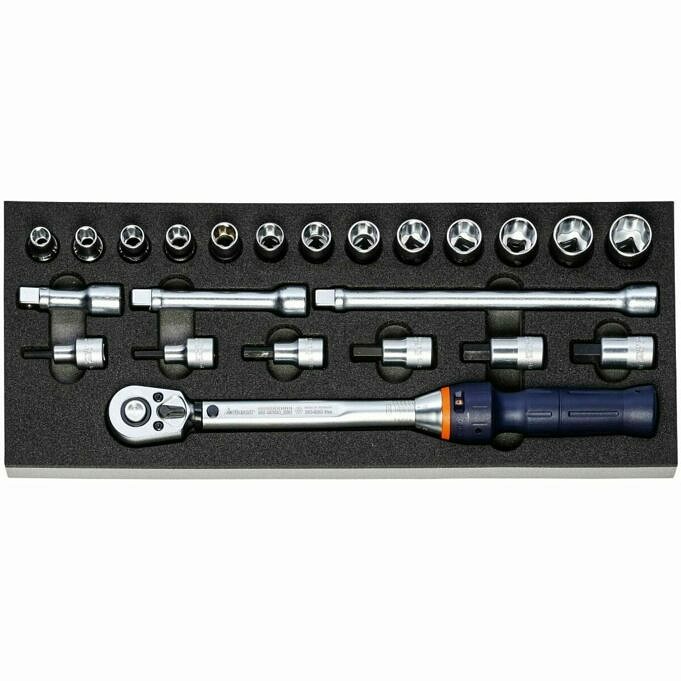Over the 26 months Ive worked at, we have discussed and studied drills in every way possible. We have examined batteries that range from 12 volts to 18 volts, and up to 36 volts. (Now were moving back down the scale to see manufacturers develop 10.8-volt drill/drivers and even a handful of tools with 4-volt or lower batteries.)
We’ve walked the gauntlet from Nickel-cadmium batteries to Lithium ion batteries. Weve even divided Lithium batteries into a number of sub-categories. So whats next?
Torque! Thats the next measurement manufacturers want us to use to decide which drill/driver to purchase. Is this something meaningful to woodworkers? I can see torque being important when you drive 8 cm screws into a deck, but when I use my drill under normal circumstances, I cannot see where one tool with more measurable torque is better. But, I dont adjust my drill torque. I tend to leave the setting at the drill mode and simply release the trigger when the screw is set to my required depth. However, I have to admit that it is good to provide a measurement that allows us to compare apples with apples, or drills to drills, in this instance.
Manufacturers have come to an agreement on a set of guidelines for measuring torque. The Power Tool Institute (PTI), to which all major tool makers belong, has established these guidelines. Click here to see a complete list of PTI members. This method for measuring relative output torque does not apply to hammer drills, rotary drills and impact drivers.
Relative Torque Measurement is reported as having a 95% confidence level. Five normal production samples are used for the test. Each sample is then tested five times, with a minimum of three minutes cooling down between each test. According to PTI this ensures consistent readings.
The same battery is used for all five trials of cordless tools without the need to recharge. A properly conditioned battery ,in PTI terms, a battery that consists of five charges and discharges completed on the supplied battery charger , is used.
Tests are conducted on corded tools using a regulated power supply circuit matching the frequency and voltage numbers printed on the tool nameplate.
To prevent tool movement due to torque applied, all tools must be supported in a torque fixture. If there is a clutch on the drill/driver it should be set to full lock. (If the tool slips, the test results are considered invalid and will be repeated.) If the tool has changeable gears, it will be tested in the gear that results in the greatest torque.
The results of the 25 tests are tabulated and put through a number of mathematical calculations to find the Lower 95% Confidence Limit and the Upper Confidence Limit. The rating released falls somewhere within these two boundaries.
You can read the entire process in the PDF below.
First to adopt and publish results from these tests is Makita. A few Makita drill/drivers are listed on the company’s website with the torque numbers.
Any comments?



